In cybersecurity, every second counts. Security teams can’t afford to waste time searching through documentation, analyzing endless textual tables, or hesitating over unclear actions. Effective UX is not about designing nice screens - it’s about enabling fast, effective actions, reducing mistakes, and building confidence in every decision.
At Radware, we redefine how design empowers security operations. Here are five of our UX principles that guide our work, with concrete examples from our products.
1. Clarity Over Complexity
When lots of information is presented in complex, heavy text tables or overload dashboards, critical signals can be missed, and users can lose expensive time.
How do we make complex tasks/information feel simple?
For example, in SOC Xpert, we turned text-heavy tables into visual vectors with strong colors, making attack status immediately clear.
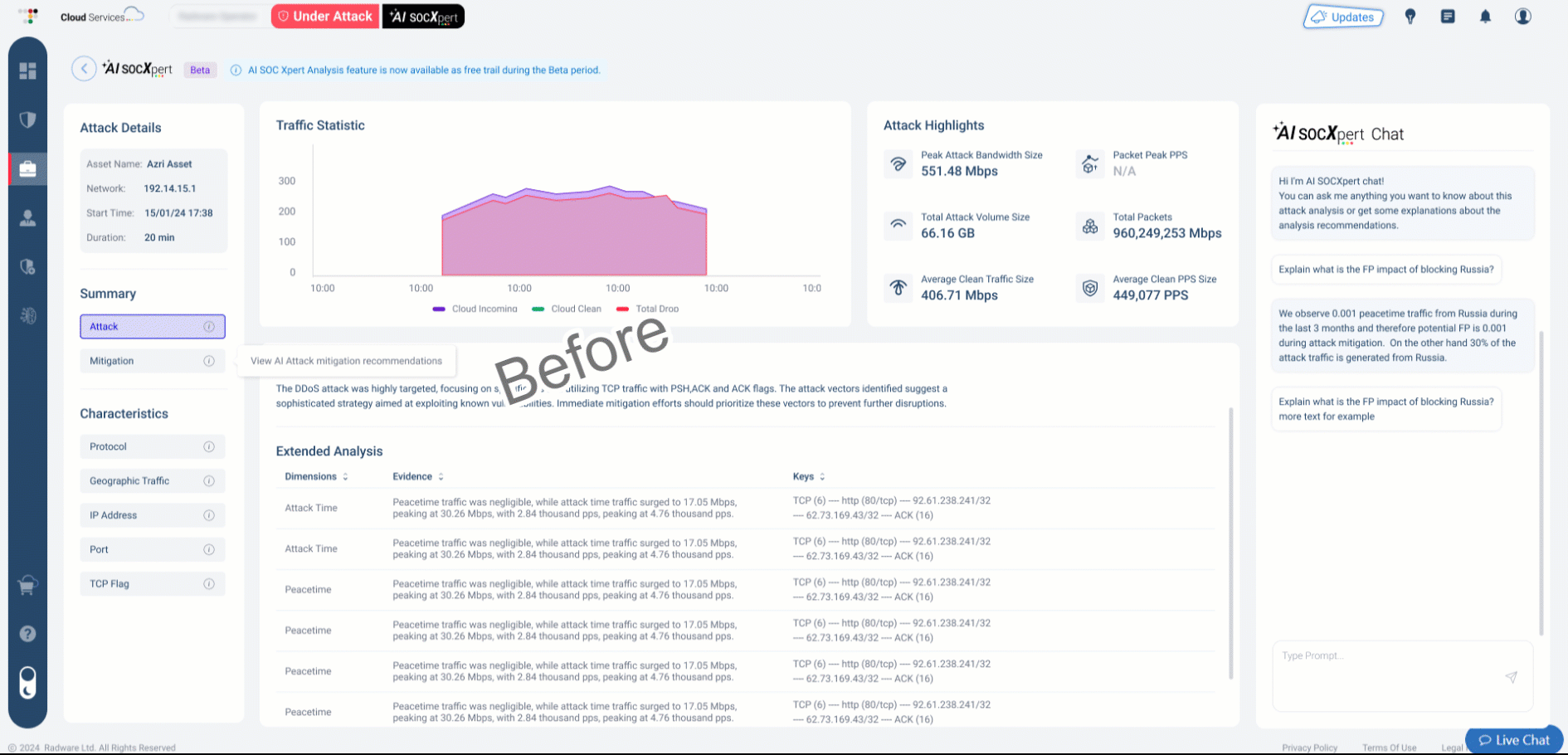
AI DOC Xpert chat - We replaced static documentation with an AI-powered chat, so users can simply ask questions instead of searching through long manuals - for quick support and easier user feature onboarding, including language support.
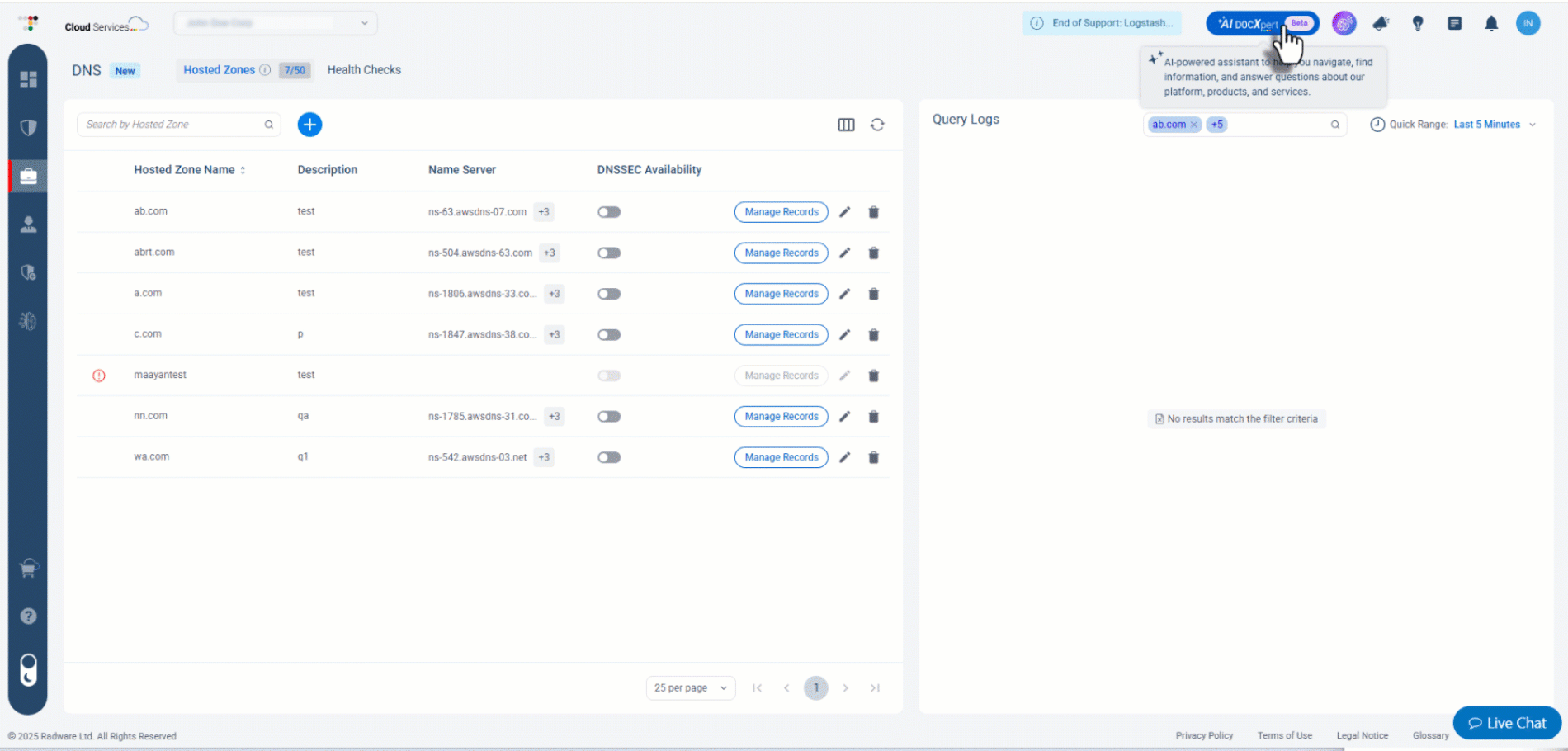
2. Reduce Cognitive Load
Security teams already deal with high stress. Interfaces should lighten, not add to the mental load. That’s why we design dashboards and complex screens to reveal information progressively, instead of overwhelming users all at once.
How do we prevent visual overload?
By exposing information hierarchically, analysts begin with a clean high-level view and can zoom in to the details only when they choose. For example, in the view below, hovering over a node expands its details, allowing users to focus on what matters in the moment without being distracted by everything at once. Combined with consistent flows and terminology across the platform, this approach ensures users feel in control rather than overloaded.
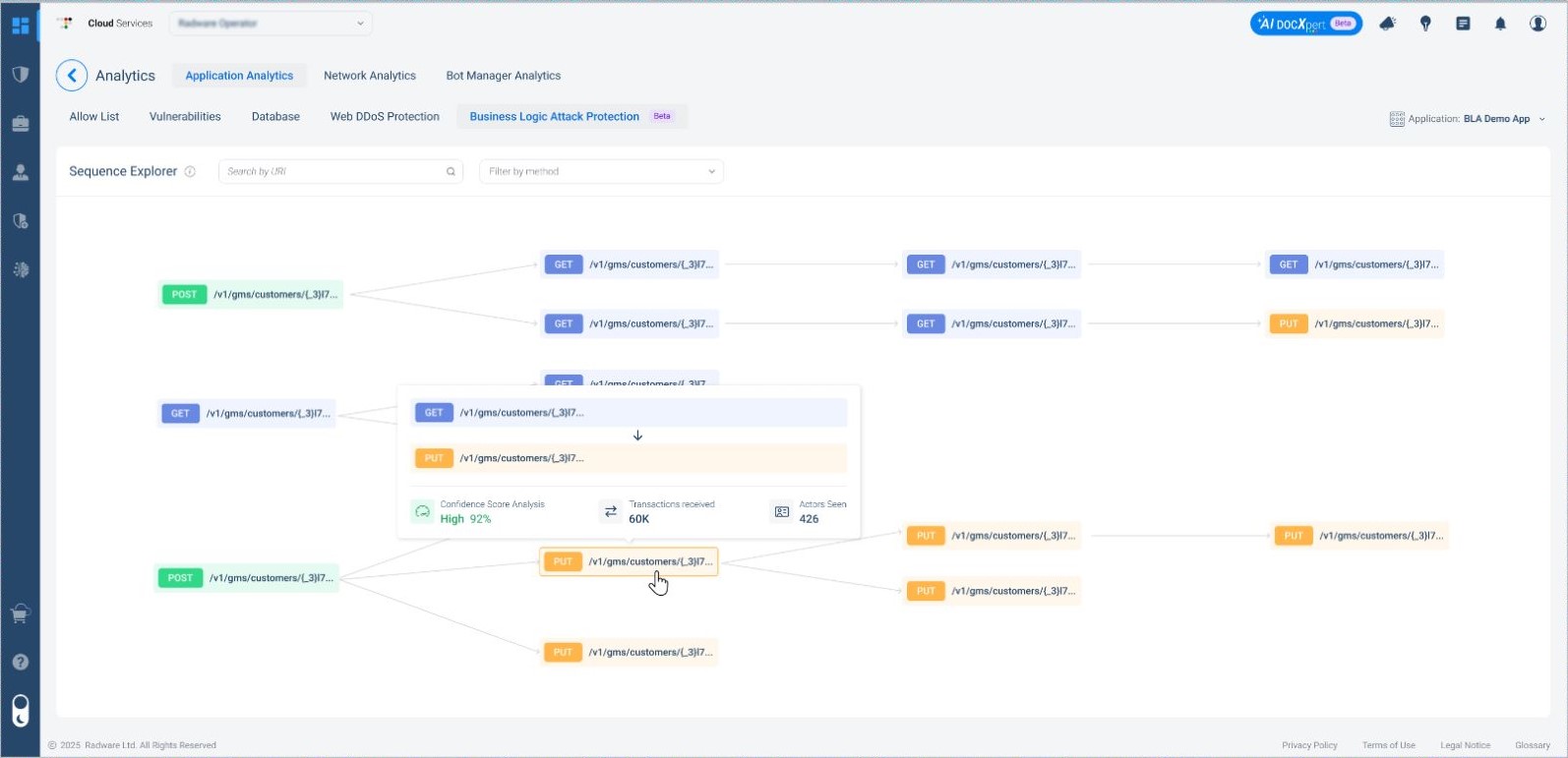
3. Design for Quick and Confident Actions
Beyond presenting a wealth of information in a scannable and clear manner, our goal is to design action-oriented experiences that shorten response times and make processes more efficient.
How do we help you act faster?
For example, when introducing SOC Xpert, an AI-driven assistant provides real-time actionable configuration recommendations for mitigating DDoS attacks. Instead of analyzing raw data manually, users get clear, actionable paths that accelerate decisions. In the future, we will also provide to apply/revert the recommendations directly with a dedicated button.
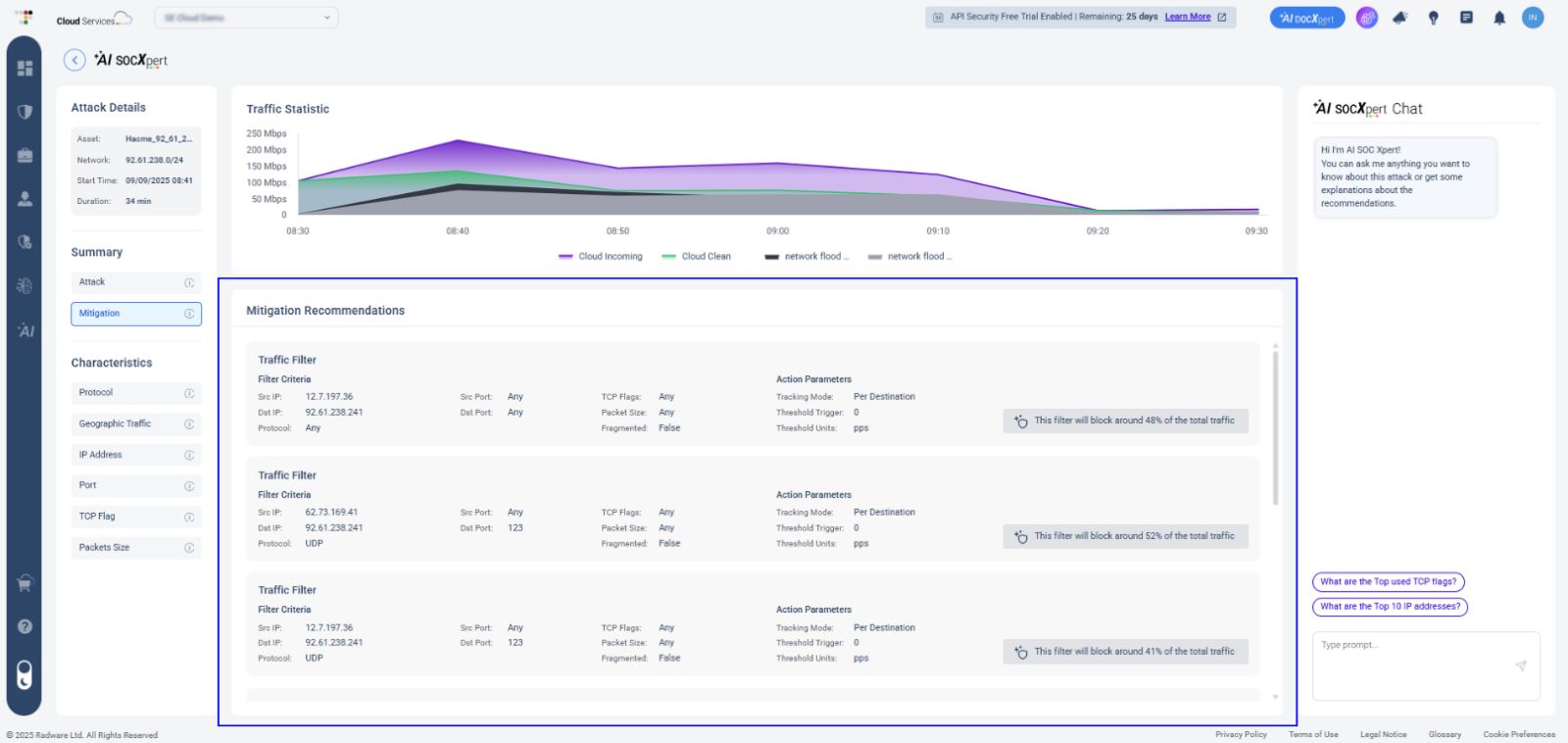
4. Communicate Confidence and Trust
Security tools must empower users to act with full confidence and flexibility. If you don’t trust the system, hesitation slows response.
So how do we build confidence?
- Rollback and Flexibility - Through customer feedback, we learned that rollback functionality is often missing in other products - yet it’s critically needed. In complex systems with multi-step flows, critical actions should be reversible. By enabling this capability, we give our users the flexibility and confidence to adjust when needed.
- Trust – we always explain to our user exactly what is going to happen before critical actions, so they will know how It’s going to affect their account, and what the system recommendations are based on.
For example, next to SOC Xpert’s AI actionable attack mitigation recommendations, we added an AI chat assistant that explains which data and insights the recommendation is based on in real-time. Before acting, users can validate the reasoning.
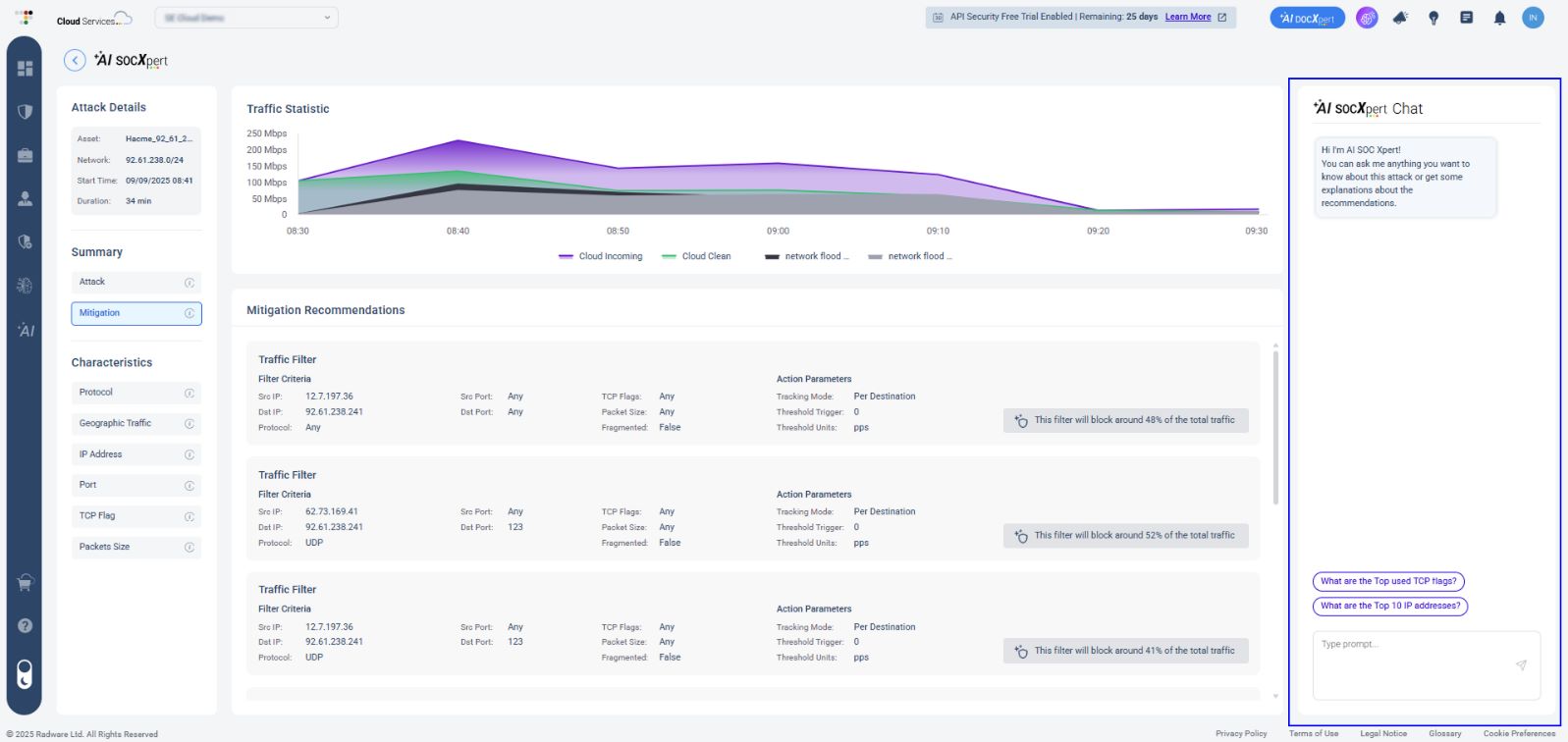
5. Continuous Learning and Improvement
UX doesn’t stop when a feature goes live - it evolves with continuous feedback from real users.
How do we always keep improving?
We added multiple feedback channels: posting surveys in the portal and Radware Link, conducting sessions with customers, and in-product feedback buttons.
Most importantly, this feedback drives real improvements in the portal and its features. We’re not just collecting input - we’re acting according to it, and customers can see the results.
Examples:
In the “What’s New” drawer, users can access a quick user experience survey -
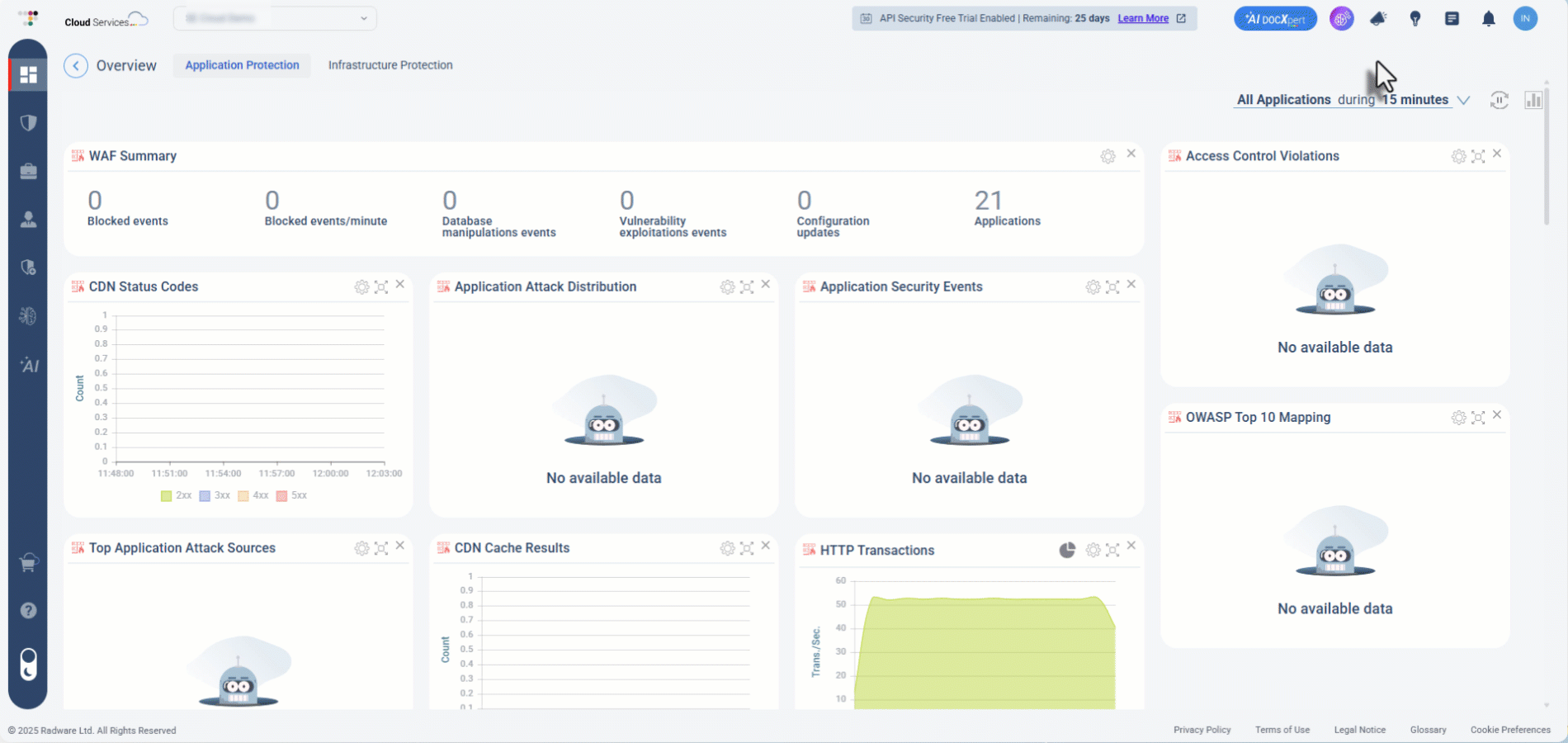
In the new AI doc-based chat, every answer includes a feedback option.
Summary
At Radware, we design human-centered security tools.
By making data clearer, focusing on the user, reducing noise, guiding our users toward faster action, enabling flexibility and continuously learning from feedback, we’re shaping the user experiences to keep teams confident and in control - even under pressure.
Strong security is built on advanced technology, but it becomes truly powerful when designed for the people who use it. Learn more.